Description
Trilobite Elrathia kingii 300 million years old from Utah. Incomplete 1 inch trilobite free from the matrix. It has very good definition. Similar to picture shown.
Elrathia kingii is a classic Middle Cambrian trilobite and possibly the most recognizable trilobite species in the world. They typically average a little less than an inch in length with very large individuals reaching about 2 inches. Elrathia’s body shape, mouth parts, and high concentrations suggest they are particle feeders, scavenging the ocean floor for food.
Trilobites are an extinct group of marine arthropods that thrived during the Paleozoic Era, roughly 521 to 252 million years ago. Characterized by their three-part body structure—consisting of a cephalon (head), thorax (middle section), and pygidium (tail)—trilobites exhibited a remarkable diversity of shapes and sizes, with over 20,000 species identified. These creatures were among the earliest known complex life forms, evolving during the Cambrian period and becoming widespread in various marine environments. Trilobites played a crucial role in the ecosystem as both predators and prey, and their fossilized remains provide valuable insights into early life on Earth and the conditions of ancient oceans. They began to decline during the late Devonian period and ultimately went extinct in the Permian-Triassic extinction event, leaving a rich fossil record that continues to fascinate paleontologists today.

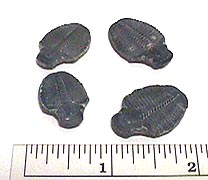

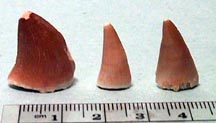
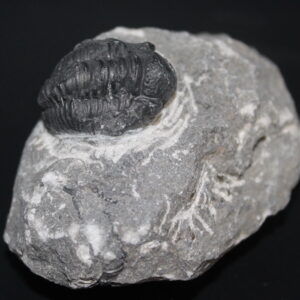
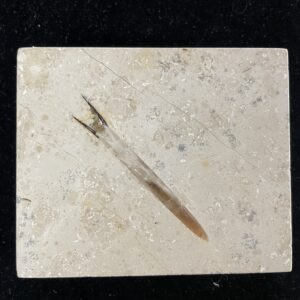

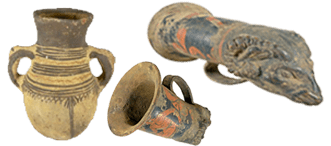
Leave a Reply
You must be logged in to post a comment.